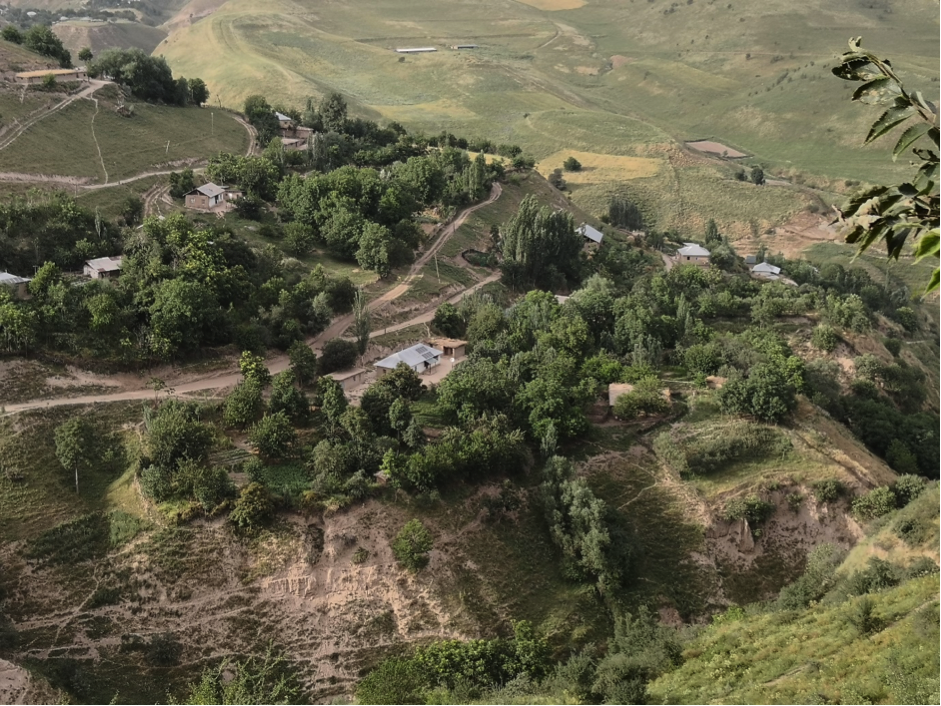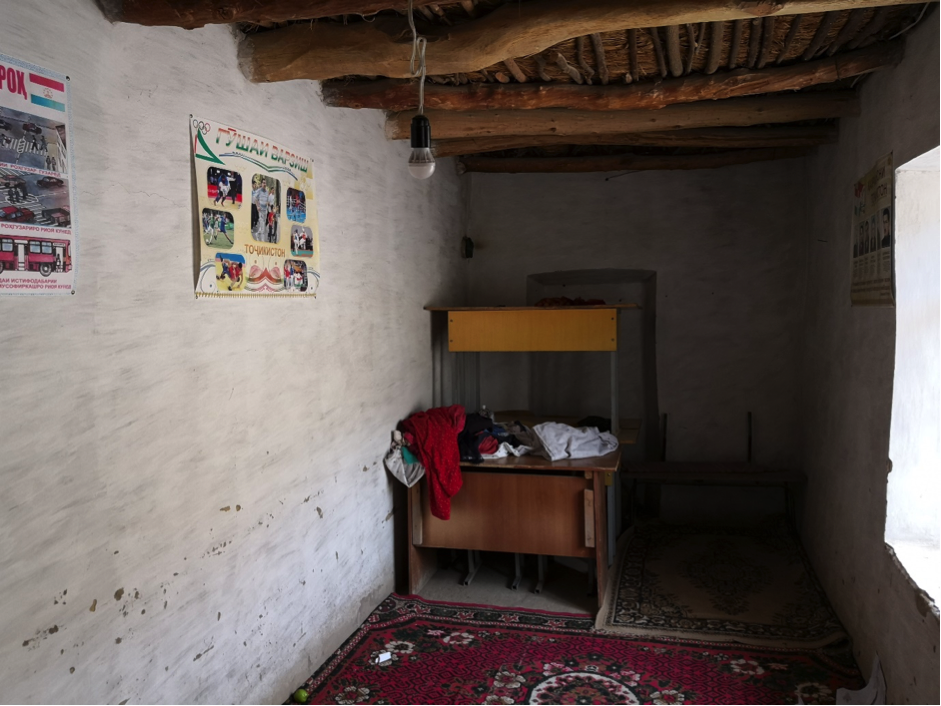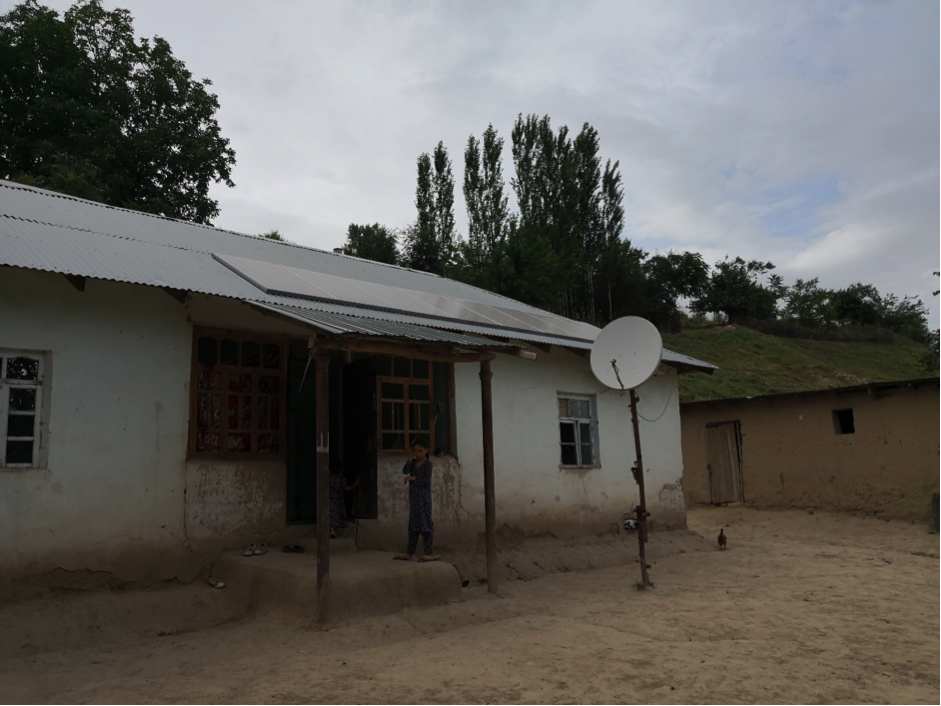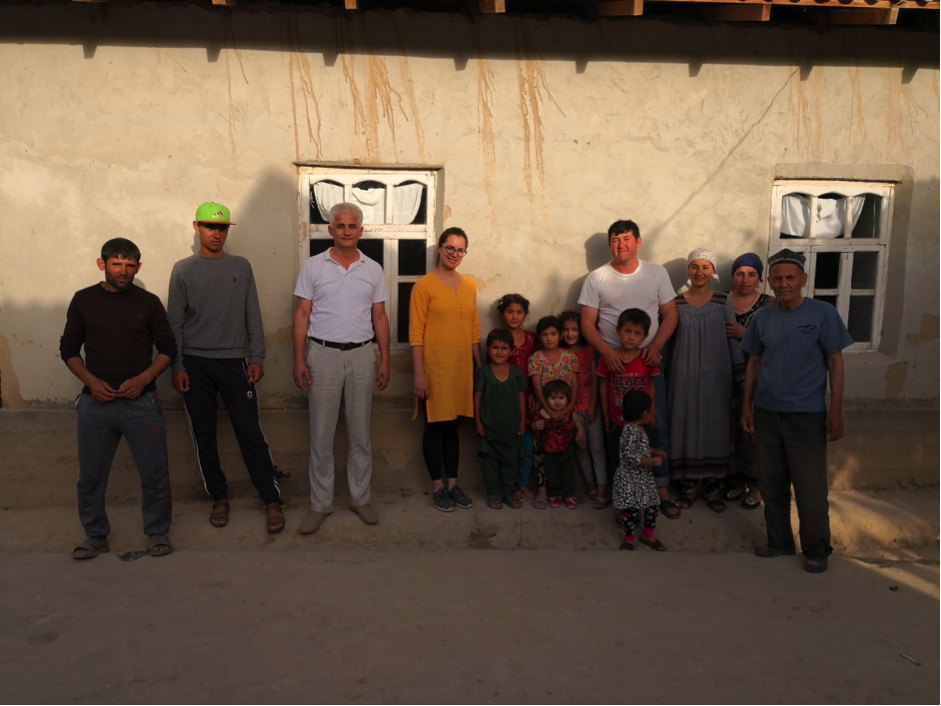 The villages of Momai and Bugdoyak are next to each other and hidden in the remote high mountains of Tajikistan.
The villages of Momai and Bugdoyak are next to each other and hidden in the remote high mountains of Tajikistan.
These two villages were unknown even by the local government until 2013, when Iskandar Karimov, a Tajikistan energy expert, located the two villages from satellite images.
Life in the villages has been peaceful. There are 40 households in Momai and 18 in Bugdoyak. The villagers are self-sufficient with crops and livestock, thanks to the fertile land and abundant water from melting snows and glaciers.
Their connection to the outside world is a hilly mud road. Only high-powered four-wheel vehicles can reach the villages during the spring and summer. From mid-September, rain and snow forces road closures, and the villagers are isolated for about six months.
However, there is one issue. The villages have no electricity. The villagers have been burning biomaterials for cooking and using oil for lighting.
Why No Electricity
 Power utility companies usually borrow money to build power plants, transmission, and distribution power lines. They prefer areas with dense populations because the electricity bills collected from customers can eventually pay off the borrowed money and help them make profits.
Power utility companies usually borrow money to build power plants, transmission, and distribution power lines. They prefer areas with dense populations because the electricity bills collected from customers can eventually pay off the borrowed money and help them make profits.
Naturally, building long power lines for a small number of customers is not favored by utility companies.
It seems that many years ago the power utility considered building a power line to the village. However, it was put off indefinitely or maybe abandoned due to the high construction cost and low return for the investment.
Solar power systems would be perfect for power supply in remote areas due to their flexibility and modular nature. It will be cost-effective compared to power grid solutions and therefore considered “affordable” in most developed countries.
However, for those villagers in remote Tajikistan, they cannot afford this option.
A Solar Solution
 Thankfully, Asian Development Bank (ADB) was looking for implementing stand-alone solar power system projects in Tajikistan at that time. And Mr. Karimov was part of the project team.
Thankfully, Asian Development Bank (ADB) was looking for implementing stand-alone solar power system projects in Tajikistan at that time. And Mr. Karimov was part of the project team.
A stand-alone solar power system consists of solar panels, a controller, and batteries. Solar panels generate electricity and charge the batteries. When needed, the batteries will be used to power lamps and televisions. The controller will control the charge and discharge, and provide protection for the whole system.
Initially, the progress was rather slow. First, it took a couple of years to complete studies and investigations, which had to be approved by the ADB. The actual project started in 2016 and was finally completed in late 2017.
The poor road conditions to the village also made it difficult to transport materials. Solar panels, batteries, and other materials had to be transported manually for as far as five kilometers on hilly roads, as trucks dropped off materials on the main road.
The Impact
 The villagers are very happy about the solar power systems. Villagers can watch television from their homes for the first time. Children can now see the outside world without going out.
The villagers are very happy about the solar power systems. Villagers can watch television from their homes for the first time. Children can now see the outside world without going out.
Batteries provide power during the night or when it is raining. In addition, a solar power system has been installed in the school and a solar pumping system will deliver water to homes. Mr.Karimov also taught villagers how to maintain solar power systems and use electricity safely.
In the future, it is possible to expand the power systems to further improve the quality of life. For example, using electricity for cleaner cooking will help women and girls who had to gather firewood manually, and this will significantly improve the health of women. Better technology can provide better education opportunities for village children.
Although this project has been a success, there are many people who still have no access to electricity. Finding money for such projects is not easy. However, there are many people like Mr.Karimov who are working hard to create a better and sustainable future.
This original article was submitted to us by Hanzhen Duo who is working with organizations that bring alternate energy solutions to people in remote parts of the world.






